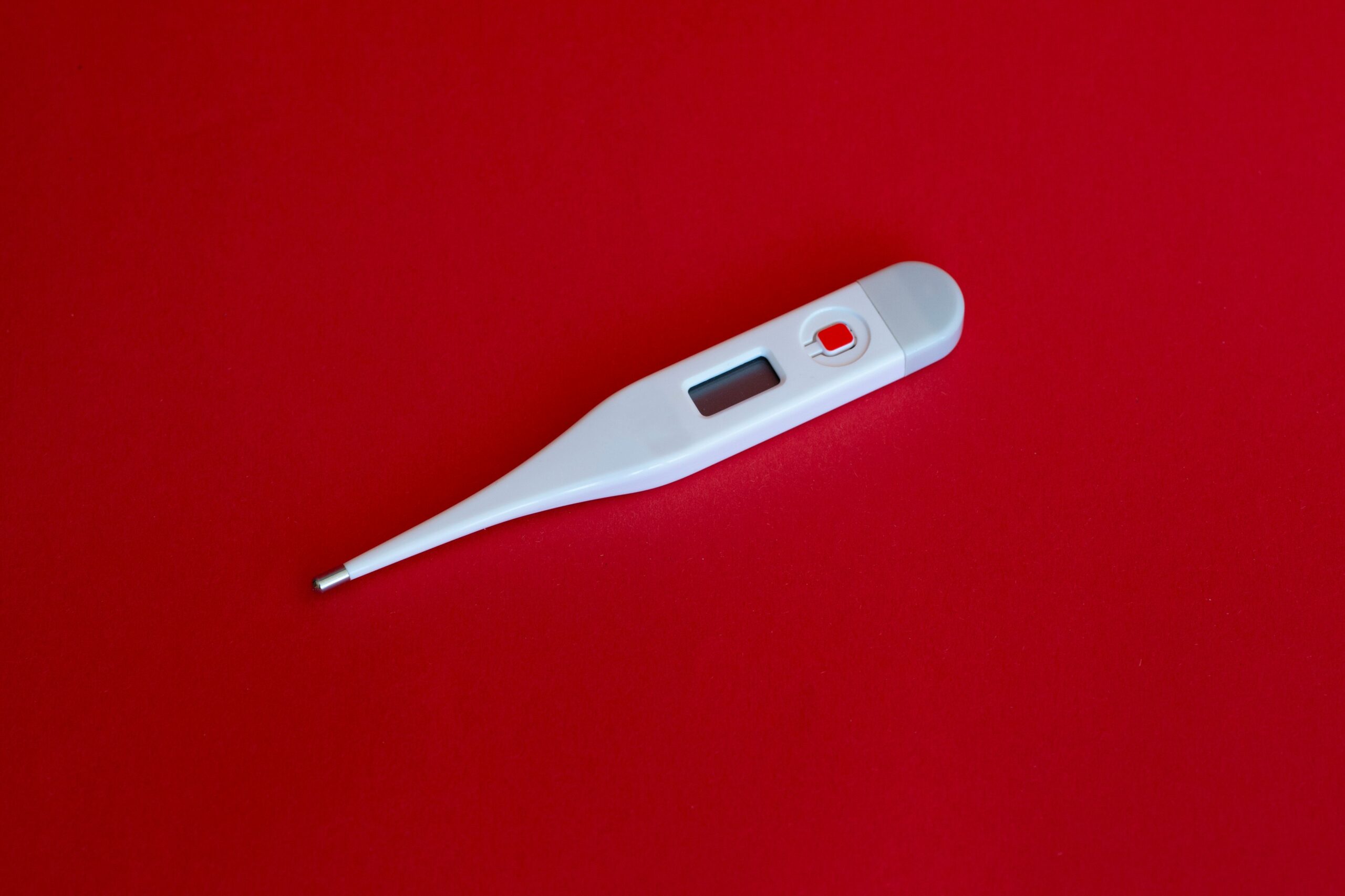Dyslipidemia and fatty liver are two common health conditions that often go hand in hand. Dyslipidemia refers to an abnormal level of lipids, such as cholesterol and triglycerides, in the blood. On the other hand, fatty liver, also known as hepatic steatosis, occurs when there is an accumulation of excess fat in the liver. In this article, we will explore the relationship between dyslipidemia and fatty liver, and how they can impact each other.
Understanding Dyslipidemia
Dyslipidemia is a condition characterized by abnormal levels of lipids in the blood. This can include high levels of low-density lipoprotein (LDL) cholesterol, often referred to as “bad” cholesterol, and triglycerides. It can also involve low levels of high-density lipoprotein (HDL) cholesterol, commonly known as “good” cholesterol.
When dyslipidemia occurs, it can lead to the development of atherosclerosis, a condition where plaque builds up in the arteries, narrowing them and restricting blood flow. This can increase the risk of cardiovascular diseases, such as heart attacks and strokes.
The Link Between Dyslipidemia and Fatty Liver
Research has shown a strong association between dyslipidemia and the development of fatty liver. Dyslipidemia can contribute to the accumulation of fat in the liver by promoting the synthesis and uptake of fatty acids. It can also impair the breakdown and elimination of fat from the liver.
Conversely, fatty liver can also contribute to the development of dyslipidemia. Excess fat in the liver can disrupt the normal metabolism of lipids, leading to imbalances in cholesterol and triglyceride levels in the blood.
Shared Risk Factors
Dyslipidemia and fatty liver often share common risk factors, which can further contribute to their coexistence. Some of the shared risk factors include:
- Obesity: Excess body weight, particularly abdominal obesity, is strongly associated with both dyslipidemia and fatty liver.
- Insulin resistance: Insulin resistance, a condition where the body’s cells become less responsive to insulin, is often present in individuals with dyslipidemia and fatty liver.
- Diabetes: Type 2 diabetes is closely linked to dyslipidemia and fatty liver, as insulin resistance and metabolic abnormalities are common in both conditions.
- Poor diet: Consuming a diet high in saturated fats, trans fats, and refined carbohydrates can contribute to both dyslipidemia and fatty liver.
- Lack of physical activity: Sedentary lifestyle and lack of regular exercise can increase the risk of developing dyslipidemia and fatty liver.
Managing Dyslipidemia and Fatty Liver
Effective management of dyslipidemia and fatty liver often involves lifestyle modifications and, in some cases, medication. Here are some strategies that can help:
- Healthy diet: Adopting a balanced diet that is low in saturated fats, trans fats, and refined carbohydrates can help improve lipid profiles and reduce fat accumulation in the liver.
- Regular exercise: Engaging in regular physical activity can help improve lipid levels, promote weight loss, and reduce liver fat.
- Weight management: Losing excess weight, particularly abdominal fat, can significantly improve dyslipidemia and fatty liver.
- Medication: In some cases, medication may be prescribed to help control dyslipidemia and manage the associated risks.
- Monitoring: Regular monitoring of lipid levels and liver function can help track progress and guide treatment decisions.
Conclusion
Dyslipidemia and fatty liver are closely interconnected conditions, with shared risk factors and mutual impact. Understanding the relationship between these two conditions is crucial for effective management and prevention of complications. By adopting a healthy lifestyle, including a balanced diet and regular exercise, individuals can take proactive steps towards managing dyslipidemia and fatty liver, reducing their associated risks, and improving overall health.


